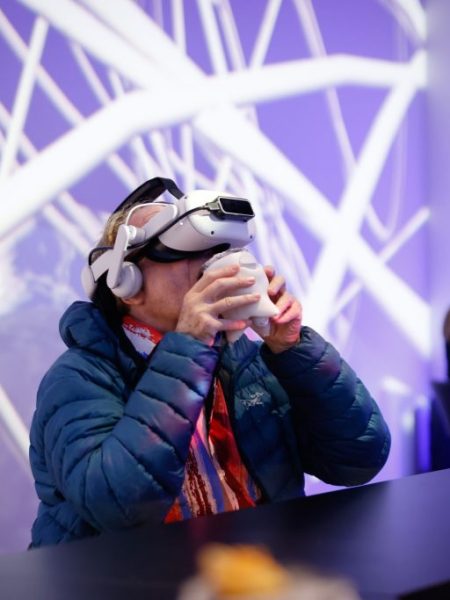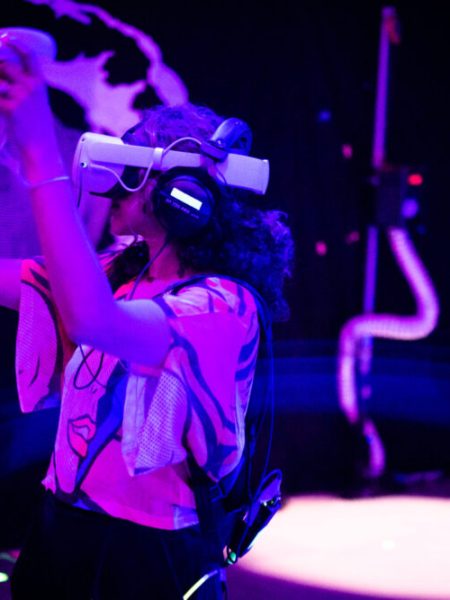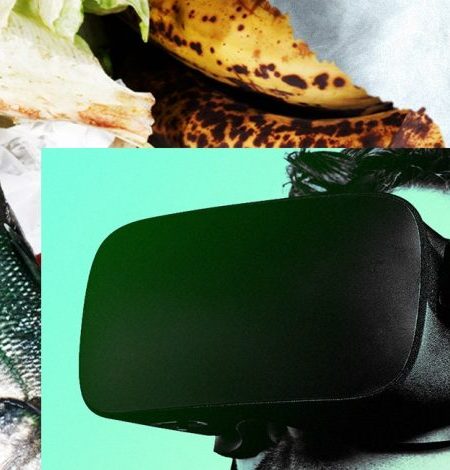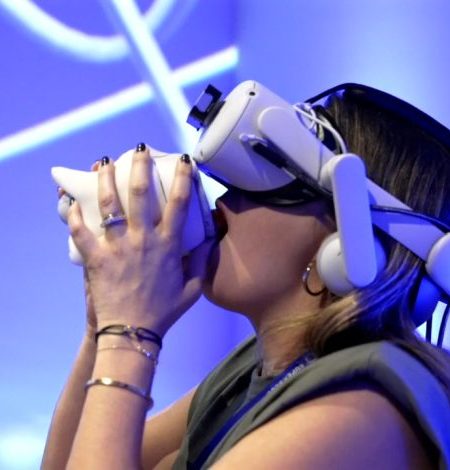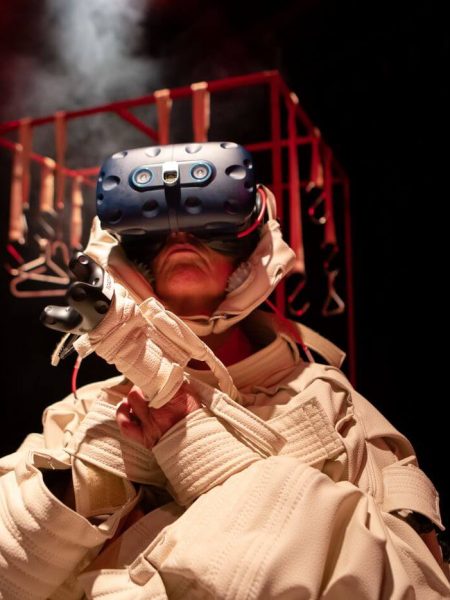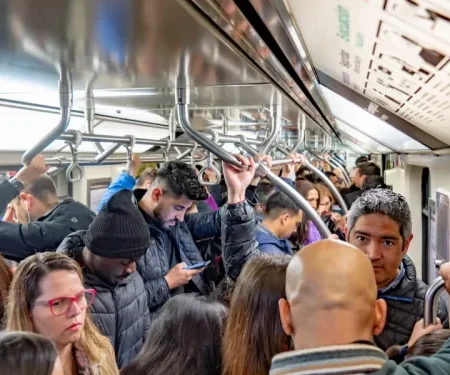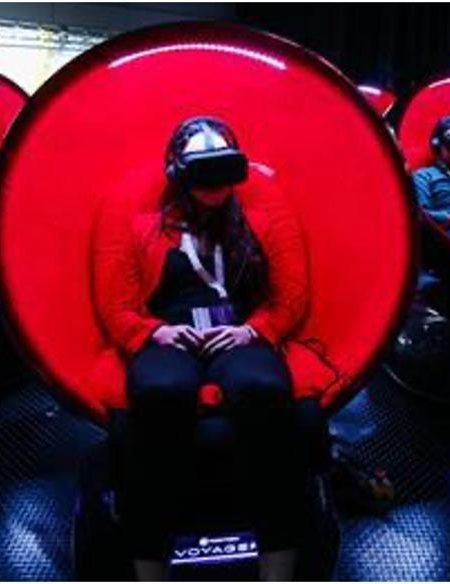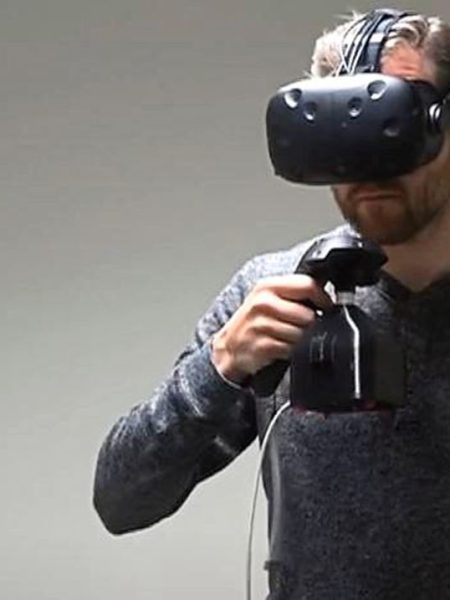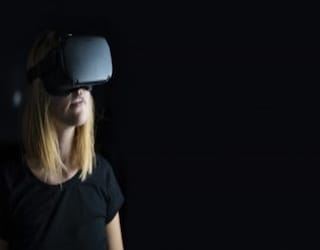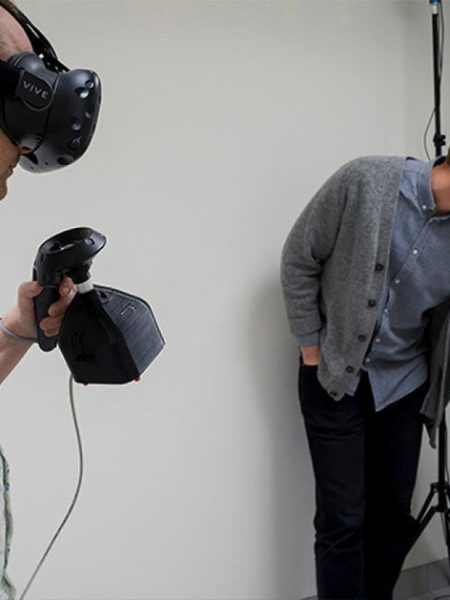Some restaurants are looking for new ways to re-engage with a market heavily affected by a two-year-old COVID-19 pandemic.
Restaurants have done a lot of juggling over the last two years: redefining menus, thinking of new ways of connecting with customers, pivoting to a positive future. It’s been nothing short of impressive.
One approach gaining some traction is to look at a new market: the metaverse.
Yes, there has been lots of hype about the metaverse, also known as augmented reality. And it’s providing new opportunities for the food service industry.
Talking about the metaverse today is like explaining what the Internet was in the 1970s. Few knew then how the technology would escalate and scale to change how we communicate and how we live.
The metaverse is a virtual world that continues to exist and evolve even if you’re not around by way of some virtual reality device. You can get in and out while the world carries on. You can create, buy and sell goods.
And you can order and virtually eat food in a digital economy. You obviously can’t physically eat food in the metaverse, but there are numerous other things you can do that you can’t do in the real world.
In the more idealistic concepts of the metaverse, it’s interoperable, allowing anyone to take virtual items like clothes or cars from one platform to another. You can make money and get credits to purchase things in the real world. It’s all very fascinating.
American restaurant chain Chipotle recently teamed up with online platform Roblox to have users create meals that earn credits for real food. When they began inviting people to join their restaurant in the metaverse and collect credits for their next Chipotle order by receiving special codes, more than 20,000 people were waiting to get in.
McDonald’s recently announced that it intends to open restaurants in the metaverse. Wendy’s and Hooters have also made announcements in the last few days.
In Canada, Restaurants Canada launched a metaverse marketplace for its industry, a trend hunter partnership to revive the food service industry. It will be launched in May.
We expect other chains to follow suit over the next several months.
It’s still unclear, however, how the metaverse will change our lives or how restaurants can make money selling food virtually. It may be that it will come and go, like many other things in life.
However, the potential crossover between the real food world and a virtual one in the metaverse can help companies look at the market differently. Think about how employees can be trained or how chains can try new menu items. Experiences can be changed in a way they can’t right now.
For example, the metaverse could offer consumers a chance to eat breakfast in Istanbul, lunch in Paris and dinner in Rio on the same day. Or, on a more personal level, you could go to a family restaurant and be served by your ancestors and experience the food they ate many years ago.
Most of the industry’s research and development can occur in the metaverse. It may not be real food, but you’re in with avatars representing real people who will tell companies what they like and dislike. The metaverse can be limitless but, of course, how consumers react to experiences can bring loads of unpredictability.
The metaverse is also another reason so many are talking about cryptocurrencies. Many expect the two will rely heavily on each other as they develop.
For example, Crypto Baristas aims to bridge the gap between the physical and virtual worlds for coffee lovers. Not only does it bring coffee fans together in the metaverse, but the project is funding an actual coffee shop in New York City called Coffee Bros., which partners with coffee farmers from around the world. It’s all done with cryptocurrencies.
Most Canadians may not buy into this metaverse concept. Food is food, and you either order it from a restaurant or cook your own. In other words, sticking to the basics.
And let’s face it, wearing virtual reality headsets can be a pain and look silly. Some people may even experience motion sickness while wearing them, and there’s nothing pleasant about that.
The online world is different than before the pandemic, especially in the food industry. There’s more business and more traffic, so converting some of that traffic into a virtual world isn’t as hard as two years ago.
It isn’t that expensive for restaurants to join the metaverse, and the possibilities are intriguing. If this helps our food service sector get back on its feet, all the power to them.
Dr. Sylvain Charlebois is senior director of the agri-food analytics lab and a professor in food distribution and policy at Dalhousie University.
Source: Meals in the metaverse a new frontier for restaurants – Kindersley Clarion

Could the metaverse help predict and produce movie blockbusters? | World Economic Forum

Why Clinique’s Next Move In The Metaverse Is A Winning Formula For Web3 Retail | Forbes
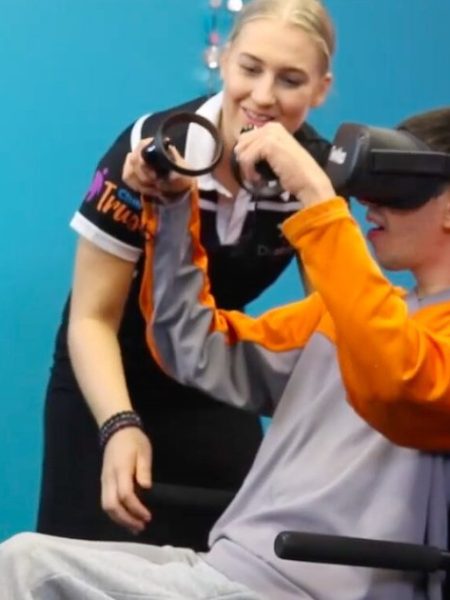
Study: New VR sensory room reduces anxiety in people with intellectual disability | MobiHealthNews

‘Thinking about beauty in a new way’: How brands are pursuing multi-sensory strategies in the digital world | Cosmetic Design
